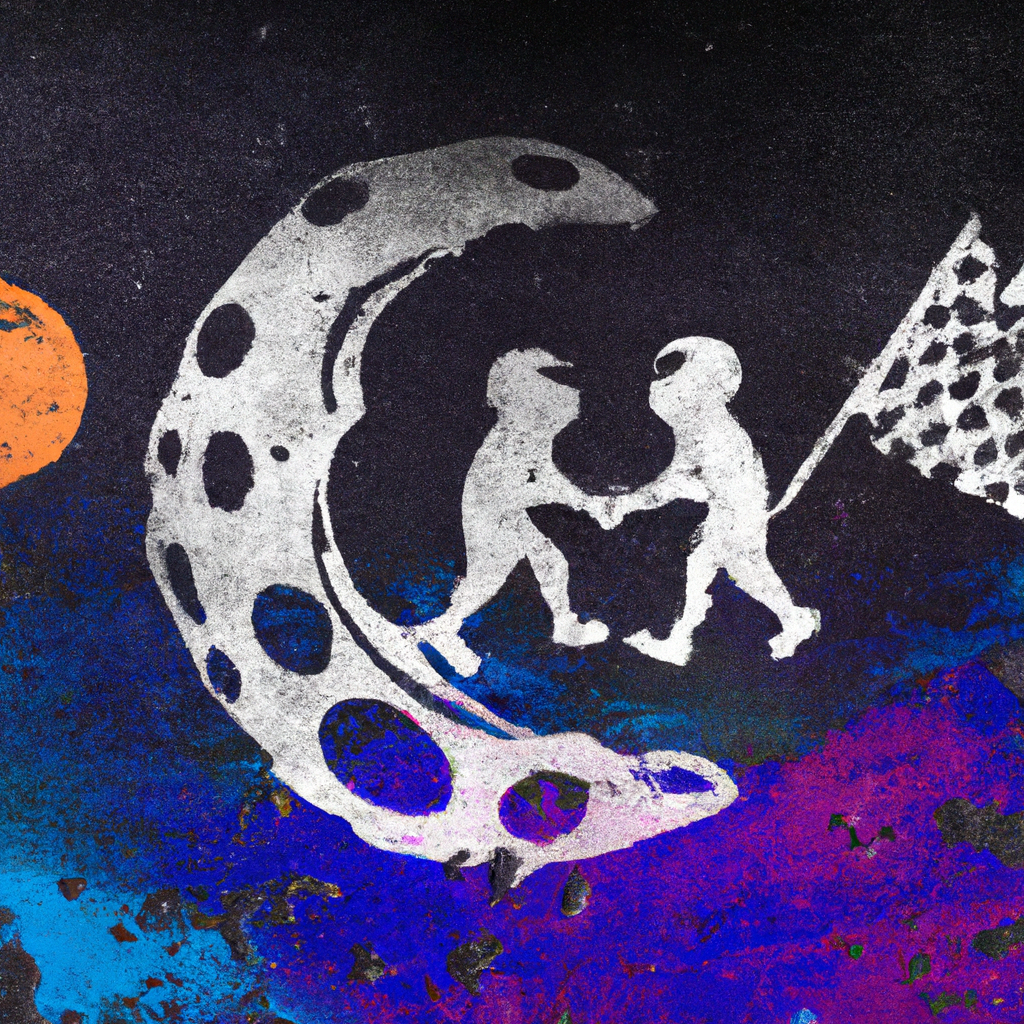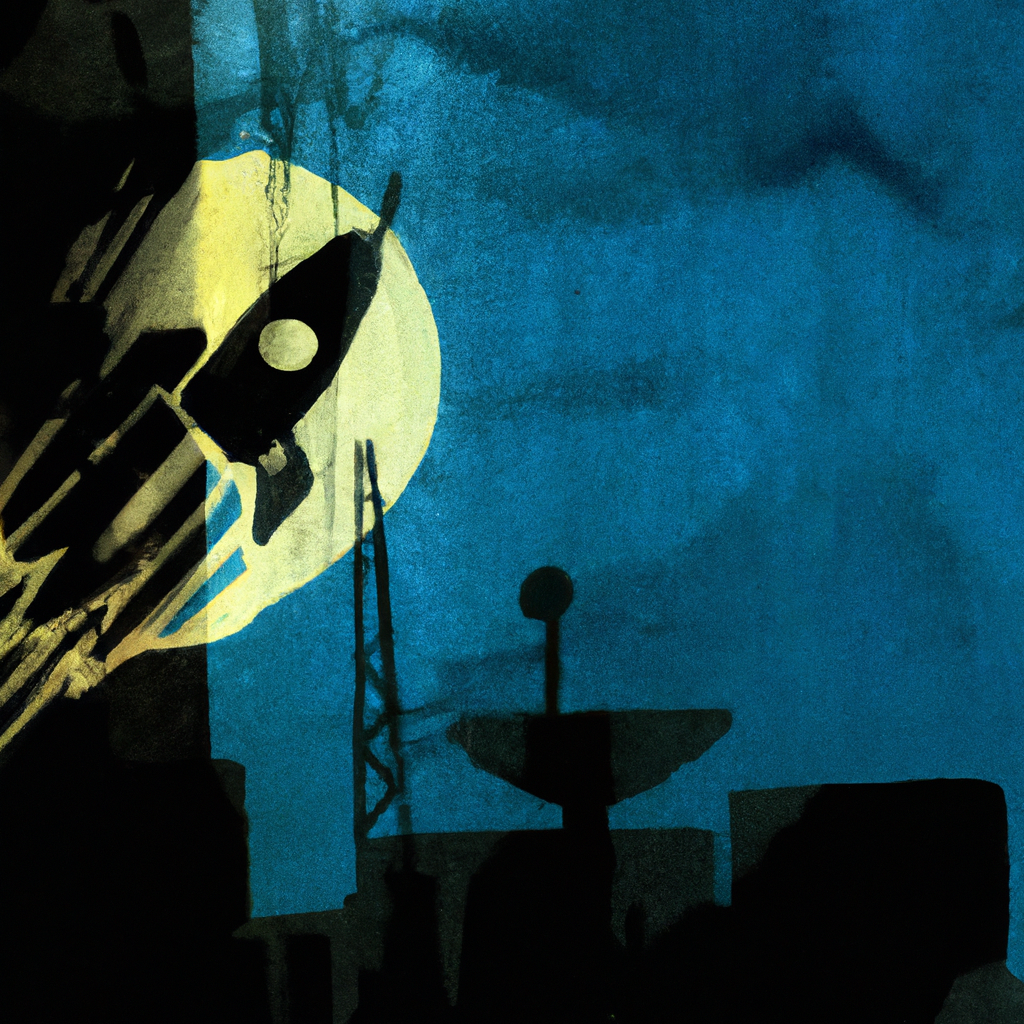As the clock strikes midnight and the world seemingly turns back an hour, we find ourselves questioning: what is time, really? Beyond a mere mechanical tick, time is the invisible thread weaving the fabric of our daily lives. But what happens when this thread is yanked backward, throwing our internal clocks into disarray? Welcome to the curious case of Daylight Saving Time (DST).
What’s Claimed
It’s a common lament: putting the clocks back an hour wreaks havoc on our bodies and minds. The claim suggests that this temporal shift affects us all equally, yet whispers persist about its disparate impacts on different social groups.
What We Found
In the grand theatre of time, DST is the unruly stagehand. Scientific studies reveal that the biannual clock change disrupts our circadian rhythms, much like an unexpected encore at a concert. However, evidence indicates that the impact is not uniform. Shift workers, parents of young children, and individuals with mental health challenges often find themselves more adrift in this temporal sea.
Cultural Context or Why It Matters
Daylight Saving Time, a relic of wartime economies, was designed to conserve energy. Yet today, it serves as a mirror reflecting the inequities in our society. Consider this: why do we cling to a system that benefits some while leaving others in the lurch? Perhaps it’s time we re-evaluate our relationship with time itself. Could there be a fairer way to balance the scales of daylight?
The Receipts
Verdict
Misleading — The claim oversimplifies the issue, ignoring the varied effects on different social groups.





